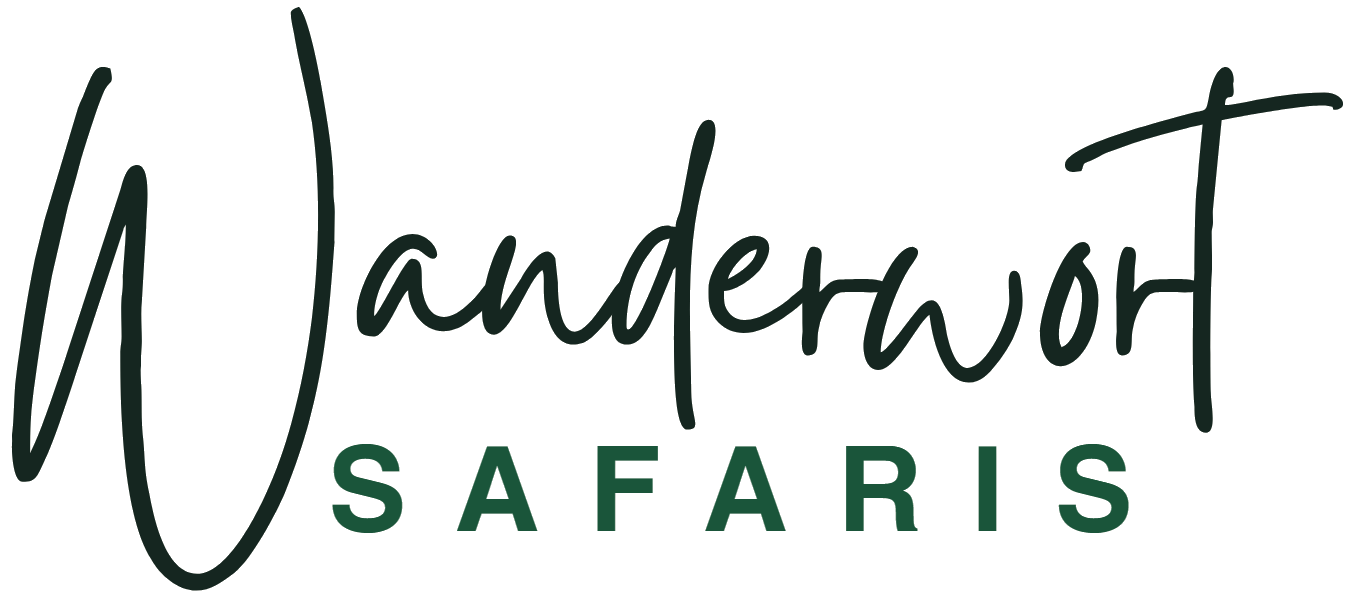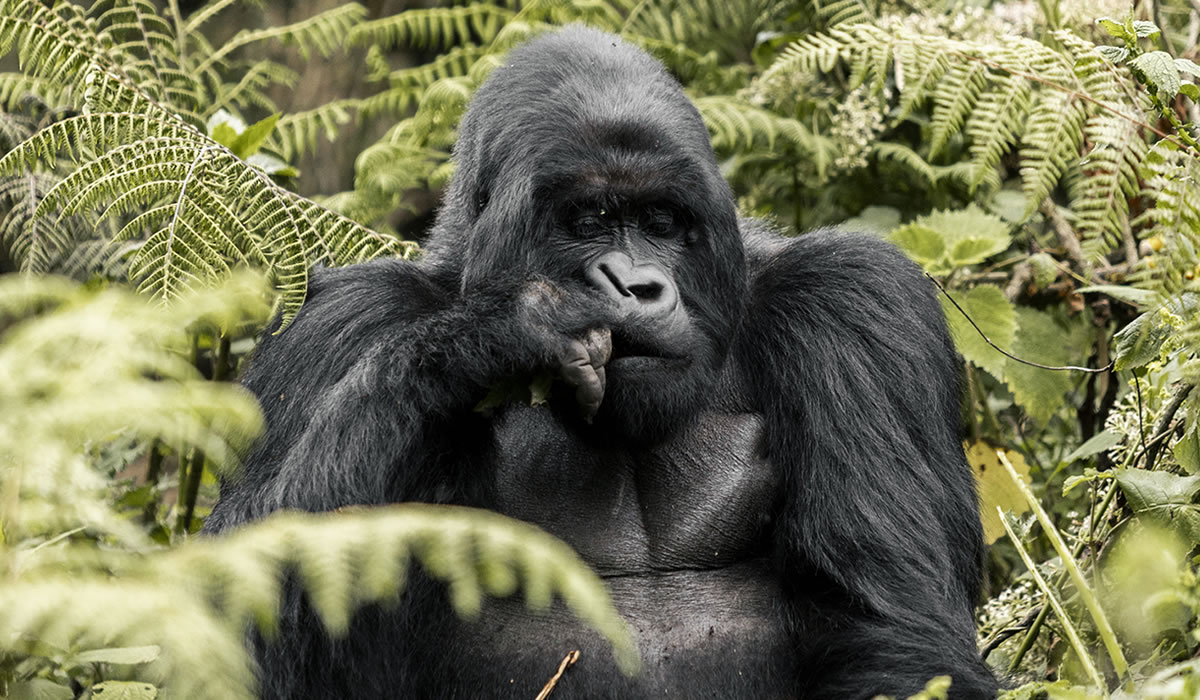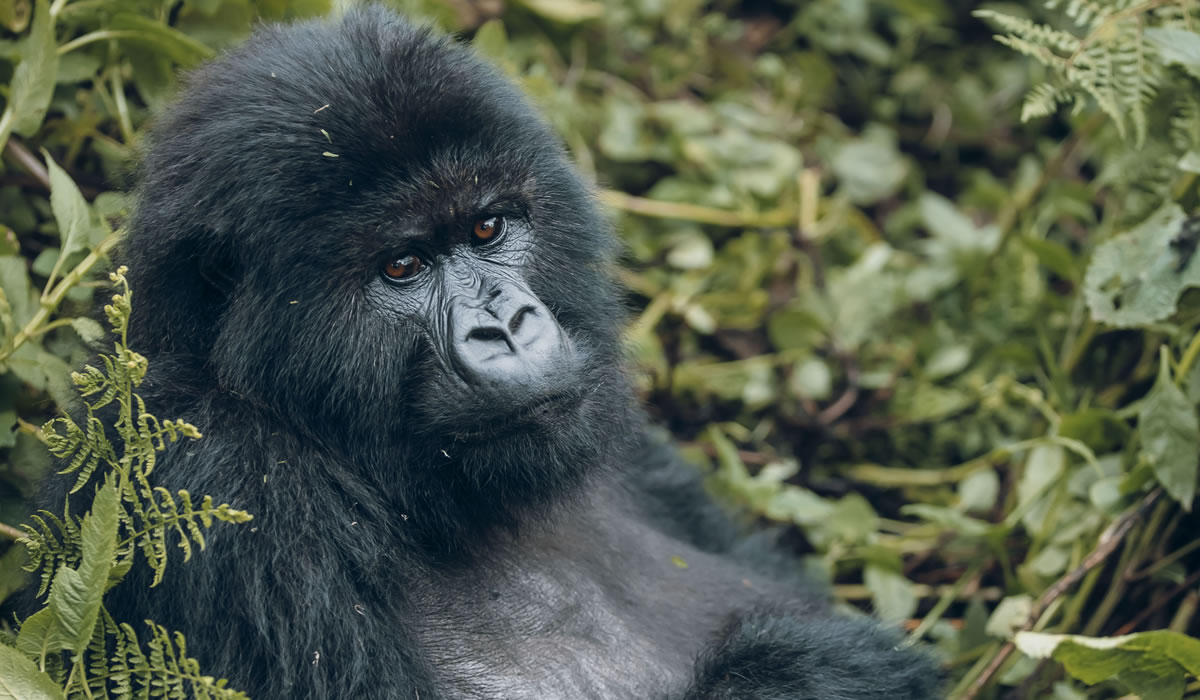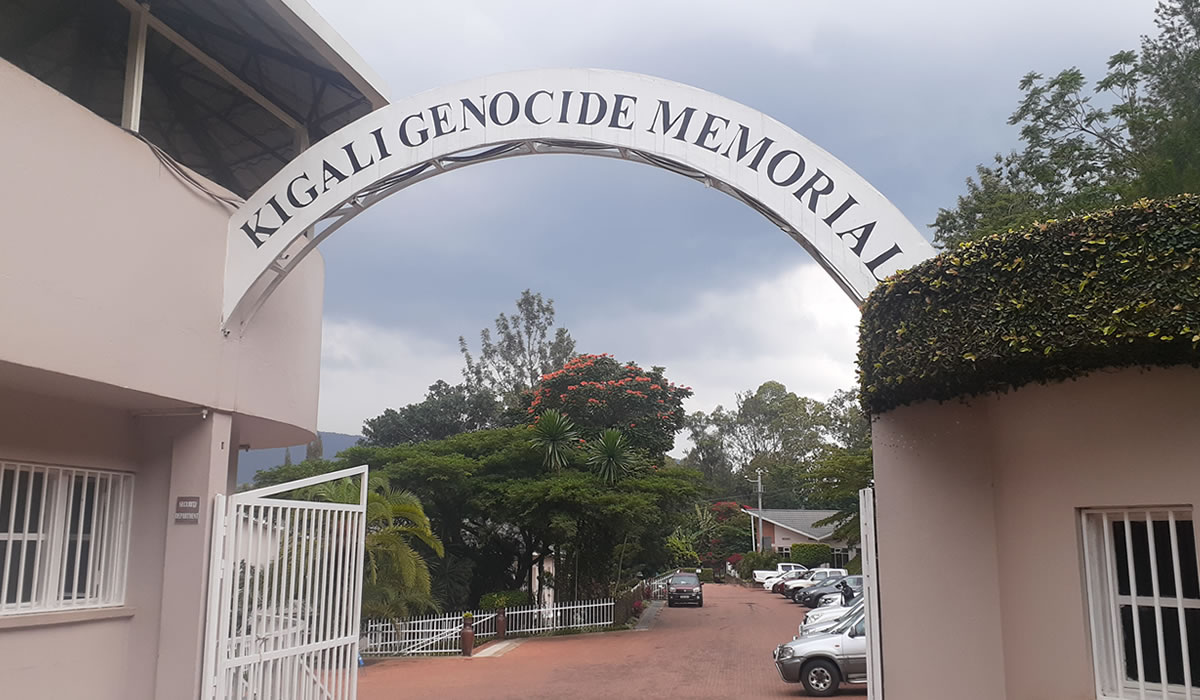Rwanda is renowned for its lush landscapes, vibrant culture, and unique wildlife. Among its most…
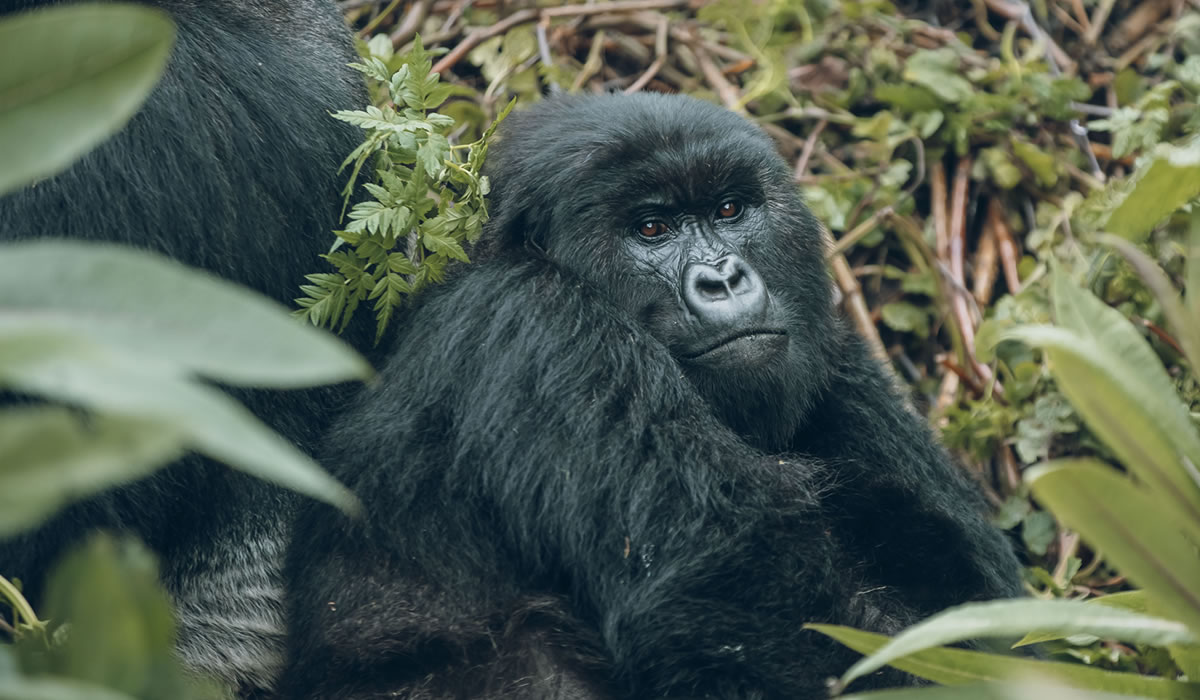
Best Time to Visit Rwanda for Gorilla Trekking
Gorilla trekking in Rwanda is one of the most extraordinary wildlife experiences on Earth. Nestled in the misty mountains of Volcanoes National Park, the endangered mountain gorillas live in their natural habitat, offering visitors a rare and intimate glimpse into their world. But while gorilla trekking is available year-round, choosing the best time to visit Rwanda can significantly enhance your experience. From weather conditions and trail accessibility to permit availability and seasonal events, timing your trip right is key to making the most of this once-in-a-lifetime adventure.
Rwanda’s climate is characterized by two main seasons: the dry season and the rainy season. The dry seasons, June to September and mid-December to early February are widely considered the best times for gorilla trekking. During these months, the weather is relatively stable, with minimal rainfall, making forest trails easier to navigate. The reduced mud and clearer skies also improve visibility, photography conditions, and overall comfort during the trek. Volcanoes National Park, located in the Virunga Mountains, can be chilly in the mornings, so layering is recommended, but the dry conditions make for a smoother and more enjoyable hike.
The longer dry season, from June to September, is the peak travel period in Rwanda. This window offers optimal trekking conditions and coincides with the country’s most popular tourism months. The forest is lush but not overly wet, and gorilla families are easier to locate thanks to the stable terrain. Wildlife viewing in other parks, such as Akagera National Park and Nyungwe Forest, is also at its best during this time, making it ideal for travelers looking to combine gorilla trekking with a broader safari experience. However, because this season is so popular, gorilla trekking permits, limited to just 96 per day can sell out quickly. Booking your permit three to six months in advance is highly recommended to secure your spot.
The shorter dry season, from mid-December to early February, is another excellent time to visit Rwanda for gorilla trekking. While slightly warmer and more humid than the June–September window, this period still offers favorable trekking conditions. The trails are generally dry, and the weather is pleasant for hiking. This season also overlaps with the holiday period, so expect higher prices and increased demand for accommodations and permits. For budget-conscious travelers, mid-January to early February can offer better value, with fewer crowds and more availability.
In contrast, Rwanda’s rainy seasons March to May and mid-October to mid-December pose challenges for gorilla trekking. The long rains, particularly from March to May, bring heavy downpours that can make forest trails muddy and slippery. Trekking becomes more strenuous, and road access to Volcanoes National Park may be delayed due to washouts. Cloud cover during this time also affects visibility and photography, and the risk of malaria and insect bites increases. However, for travelers willing to brave the elements, the rainy season offers lush, green landscapes and fewer tourists. Some lodges and tour operators offer discounted rates during this period, making it an attractive option for budget travelers.
The short rainy season, from mid-October to mid-December, is less intense but still presents challenges. While the rains are lighter, they can still disrupt trekking plans and make the terrain difficult to navigate. That said, this period can be a good time for those seeking solitude and a more intimate experience with nature. The forests are vibrant, and the gorillas may descend to lower altitudes in search of food, potentially shortening the trek duration.
It’s important to note that mountain gorillas are active year-round and do not migrate, so sightings are possible in any season. However, the ease and enjoyment of the trek are heavily influenced by weather conditions. Dry seasons offer higher success rates in locating gorilla families and provide a more comfortable experience overall. The gorillas tend to be more visible and active during these months, making for better encounters and photo opportunities.
Another factor to consider when planning your gorilla trekking trip is the annual Kwita Izina ceremony, held in September. This baby gorilla naming event is a major conservation celebration attended by dignitaries, celebrities, and conservationists from around the world. Hosted in Volcanoes National Park, Kwita Izina includes cultural performances, community engagement, and educational activities. Visiting Rwanda during this time allows travelers to witness the country’s commitment to wildlife protection and participate in a unique cultural tradition. However, this event also draws large crowds, so early planning is essential.
In terms of temperature, Rwanda enjoys a relatively mild climate year-round due to its elevation. Kigali, the capital, averages around 26–27°C (79–81°F), while Volcanoes National Park is cooler, with temperatures ranging from 17–18°C (63–64°F). Mornings in the mountains can be brisk, especially during the dry season, so packing warm layers is advised. Rain gear is essential regardless of the season, as weather in the rainforest can be unpredictable.
When preparing for gorilla trekking, travelers should also consider physical fitness and gear. The trek can last anywhere from one to six hours depending on the location of the gorilla family, and the terrain can be steep and uneven. Good hiking boots, waterproof clothing, gloves, and a walking stick are recommended. Porters are available for hire and can assist with carrying bags and navigating the trails, providing valuable support while also contributing to the local economy.
Gorilla trekking permits in Rwanda cost $1,500 per person, and the revenue supports conservation efforts and community development. The permit includes a guided trek with trained rangers and an hour of observation with a gorilla family. While the cost may seem steep, the experience is unparalleled, and the funds play a crucial role in protecting these endangered animals and their habitat.
For SEO optimization, key phrases such as “best time to visit Rwanda for gorilla trekking,” “Rwanda gorilla trekking seasons,” “Volcanoes National Park gorilla permits,” “dry season gorilla trekking Rwanda,” and “Kwita Izina baby gorilla naming ceremony” are essential. Including these terms helps travelers find relevant information and plan their trips effectively.
In conclusion, the best time to visit Rwanda for gorilla trekking is during the dry seasons June to September and mid-December to early February. These months offer the most favorable weather conditions, easier hiking terrain, and higher chances of successful gorilla sightings. While the rainy seasons present challenges, they also offer unique advantages for those seeking solitude and budget-friendly options. Regardless of when you choose to visit, gorilla trekking in Rwanda is a transformative experience that connects you with nature, supports conservation, and leaves a lasting impact. With careful planning and the right timing, your journey into the heart of the Virunga Mountains will be nothing short of magical.
